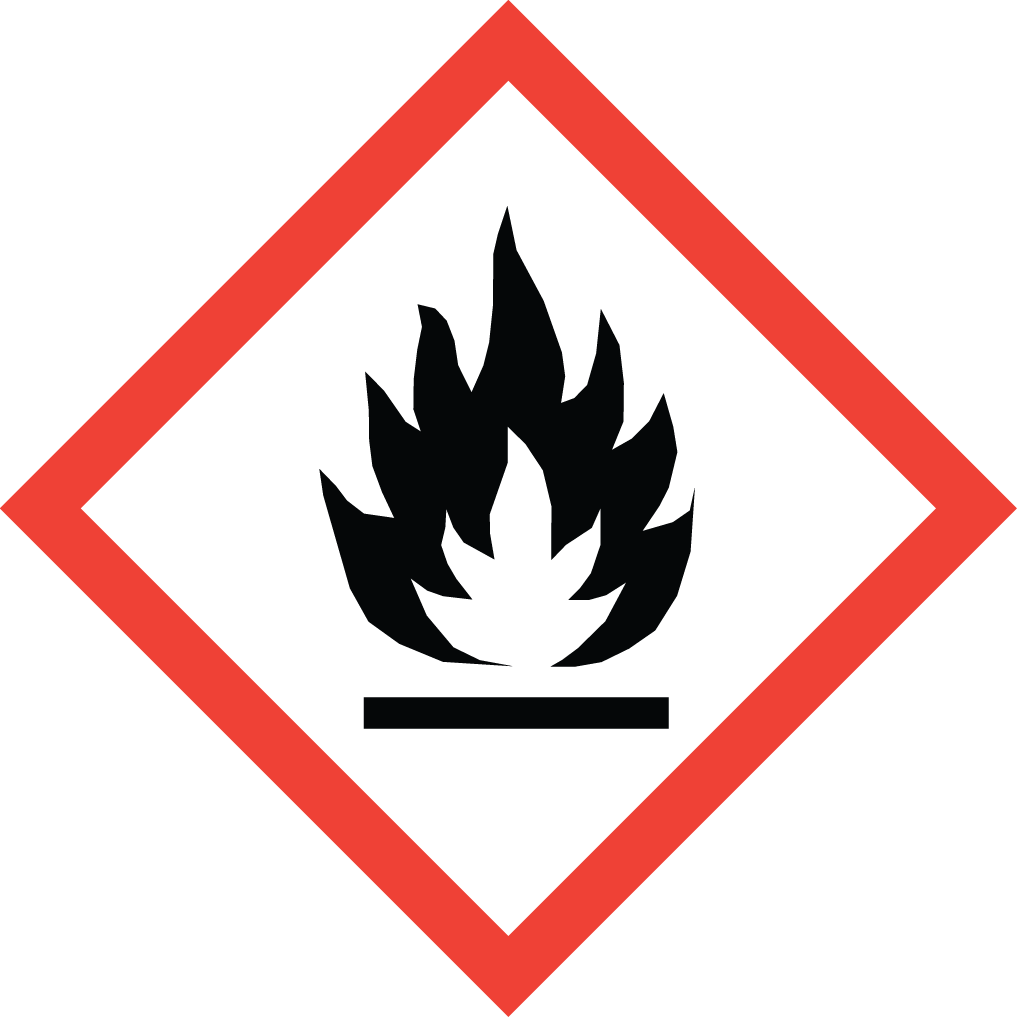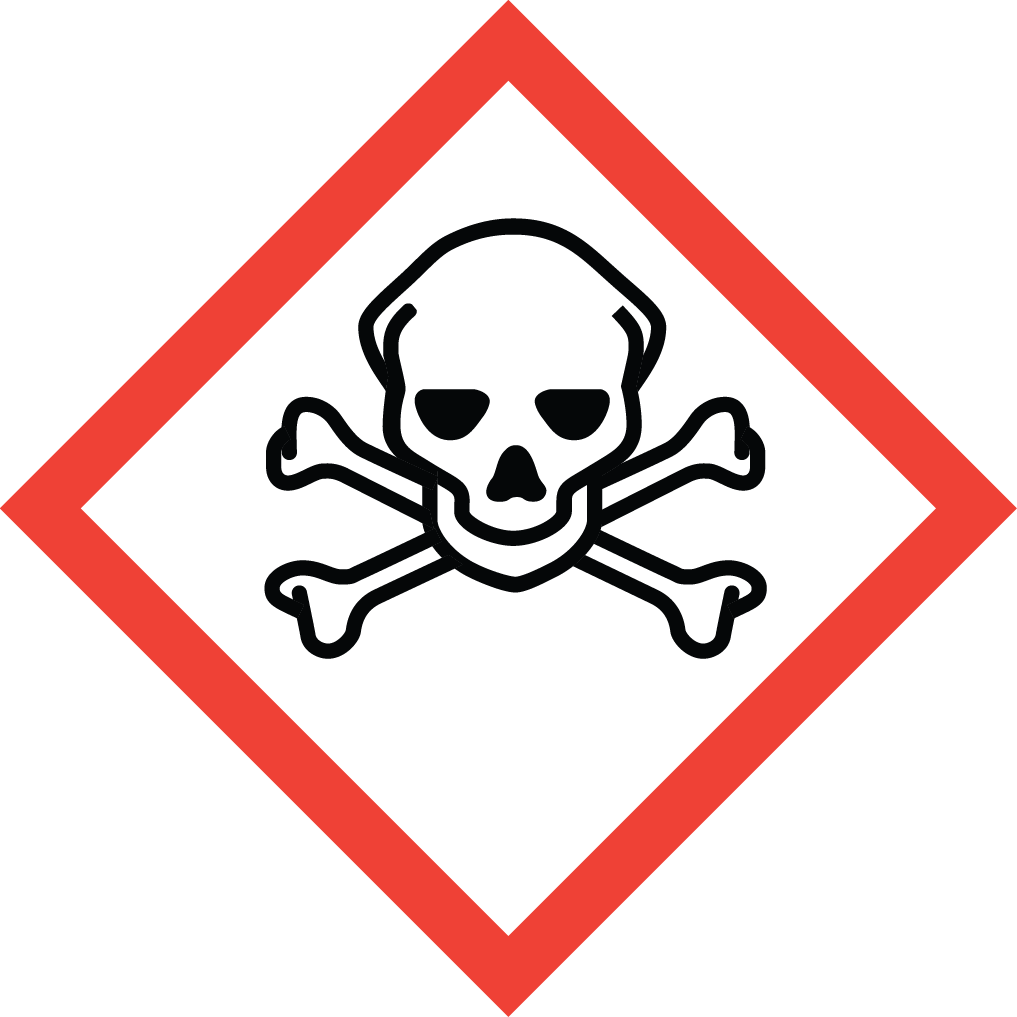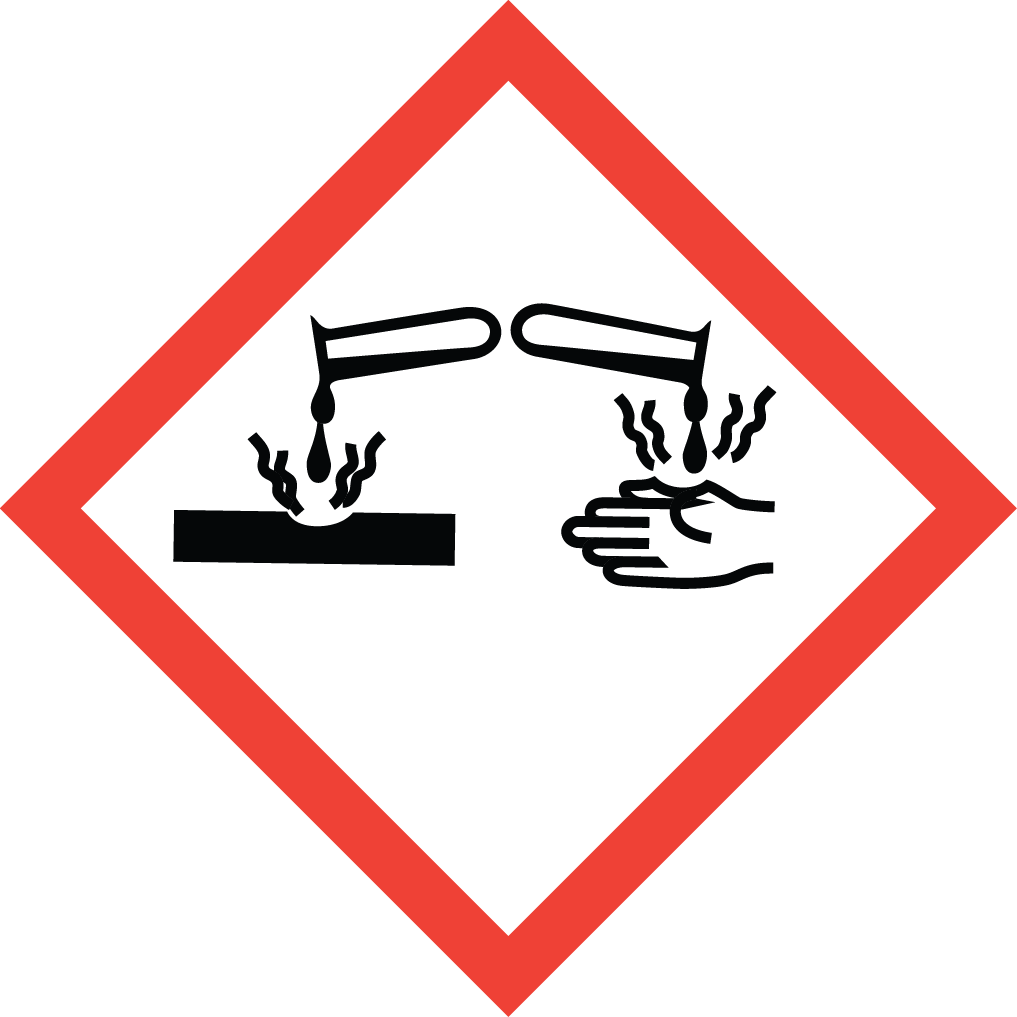Explore Top-Quality Dibutylamine (CAS 111-92-2) with Aure Chemical
Aure Chemical is a leading global supplier of Dibutylamine (DBA), commonly known as Di-n-butylamine or systematically as N-Butyl-1-butanamine. This versatile secondary amine is a key intermediate valued for its distinct reactivity and a broad spectrum of applications across various industries. Our high-purity Dibutylamine is an essential component for manufacturing everything from pharmaceuticals and agrochemicals to vital rubber processing chemicals and effective corrosion inhibitors.
Basic Information of Dibutylamine
Dibutylamine (CAS No. 111-92-2) is meticulously produced and rigorously tested to meet stringent quality standards. We ensure exceptional purity and consistent performance, which are essential for your most demanding applications:
| CAS No.: | 111-92-2 |
|---|
| EC No.: | 203-921-8 |
|---|
| Linear Formula: | CH₃(CH₂)₃NH(CH₂)₃CH₃ |
|---|
| Molecular Weight: | 129.24 |
|---|
| Appearance: | Transparent Liquid |
|---|
| Odor: | Strong, ammoniacal, fishy odor. |
|---|
| Melting point: | −62 °C(lit.) |
|---|
| Boiling point: | 159 °C(lit.) |
|---|
| Density: | 0.767 g/mL at 25 °C(lit.) |
|---|
| Solubility: | Slightly soluble in water; miscible with most organic solvents like alcohols, ethers, and hydrocarbons. |
|---|
| Flash point: | 106 °F |
|---|
| Nature: | Flammable liquid and vapor, corrosive, alkaline. |
|---|
| RIDADR: | UN 2248 8/PG 2 |
|---|
| Chemical Structure: |  |
|---|
Our commitment to delivering high-purity Dibutylamine ensures a reliable and efficient component for your complex manufacturing and synthesis processes.
Primary Applications of Dibutylamine (DBA)
Dibutylamine's reactivity as a secondary amine, combined with the presence of two butyl groups, makes it an incredibly valuable and versatile chemical intermediate with applications spanning numerous industries:
Rubber Processing Chemicals:
DBA is a crucial intermediate in the synthesis of various rubber accelerators (e.g., thiuram disulfides) and antioxidants. These additives are vital for improving the vulcanization process, enhancing the strength, and extending the lifespan of rubber products like tires, belts, and hoses.
Corrosion Inhibitors:
Due to its ability to form protective films on metal surfaces and its alkaline nature, Dibutylamine and its derivatives are widely used as effective corrosion inhibitors in various industrial systems, including oil and gas pipelines, boiler water treatment, and metalworking fluids.
Pharmaceutical Synthesis:
It serves as a key building block and reagent in the synthesis of numerous active pharmaceutical ingredients (APIs) and pharmaceutical intermediates, where its specific reactivity is leveraged for the creation of complex drug molecules.
Agrochemical Manufacturing:
DBA is employed in the production of various agrochemicals, such as certain herbicides, fungicides, and insecticides, contributing to their efficacy and specific mode of action.
Dyes and Pigments:
In some cases, Dibutylamine is utilized in the synthesis of specific types of dyes and pigments, where its incorporation influences color characteristics or improves material adhesion.
Surfactants and Emulsifiers:
It can be used as an intermediate in the production of specialty surfactants and emulsifiers for various applications, including industrial cleaning, personal care, and oilfield chemicals.
Why Choose Aure Chemical for Your Dibutylamine (DBA) Supply?
Aure Chemical is dedicated to providing superior chemical solutions and unparalleled customer support. By partnering with us for your Dibutylamine requirements, you benefit from:
Exceptional Purity & Consistency: Our Dibutylamine is manufactured to stringent purity specifications, ensuring optimal and predictable reactivity in your critical synthesis processes and consistent quality in your end products.
Reliable Global Supply Chain: We maintain a robust and efficient supply network, guaranteeing timely and secure delivery of this essential chemical to your facilities worldwide, adhering to all safety and regulatory standards for hazardous materials.
Expert Technical Support: Our team of experienced chemists and specialists is readily available to offer comprehensive guidance on product application, safe handling procedures, and optimal storage conditions for Dibutylamine.
Commitment to Quality & Safety: We adhere to the highest industry standards for quality management, safety, and environmental responsibility across all our operations, ensuring peace of mind for our clients handling this reactive and flammable material.
Choose Aure Chemical for a trustworthy and dependable supply of high-quality Dibutylamine. We are ready to support your most demanding and innovative chemical manufacturing processes.
Hazards Classification
GHS Classification: Flammable Liquid (GHS02), Acute Toxicity, Oral (GHS06), Acute Toxicity, Inhalation (GHS06), Skin Corrosion (GHS05), Serious Eye Damage (GHS05)
Hazard Statements: Flammable liquid and vapor; toxic if swallowed; toxic if inhaled; causes severe skin burns and eye damage.
UN Number: UN 2248
Hazard Class: 8 (Corrosive substances)
Packing Group: II
 GHS02: Flammable
GHS02: Flammable GHS06: Acute toxicity
GHS06: Acute toxicity GHS05: Corrosive
GHS05: Corrosive
